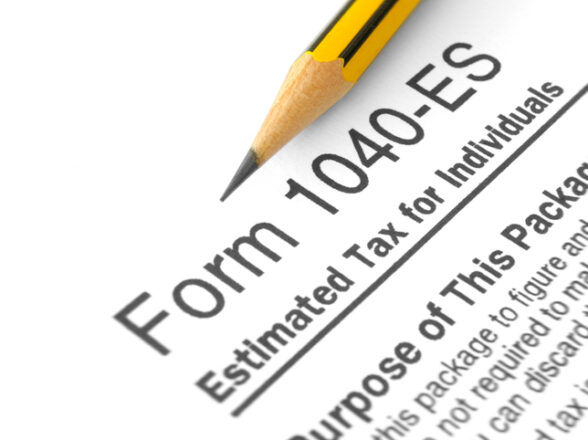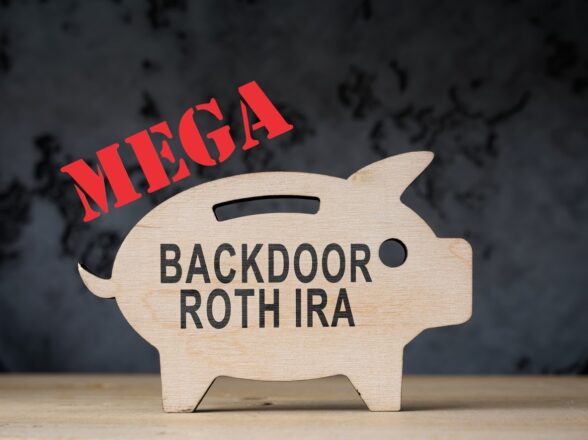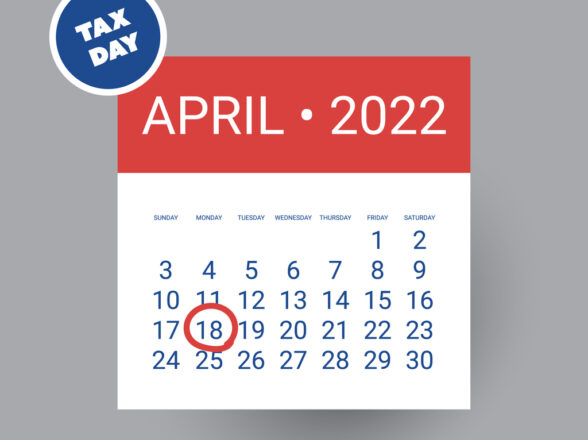Blog
Understanding Employee Stock Purchase Plans

When an employer wants to get the team invested in building up the company, the best answer is often to share the company stocks. Employees who own company stocks – or know they will soon – are more motivated to see the company grow and thrive. After all, the better a company does, the higher its stocks will go, and the more money employees can make from the company stocks they own.
Employers can offer stocks in a few different ways. The most commonly known method is stock options, where an employer makes it possible to buy stocks at a discount within a set vesting schedule. The second method is the ESPP, or the Employee Stock Purchase Plan. This is an entirely different approach to employee stock provision by making it easier for employees to afford stocks when the vesting. Both might be presented at a job offer or promotion, and it’s important to know exactly what type of plan you are signing up for.
If your employer has offered you ESPP participation or if you’re just curious about types of company stock plans, let’s dive into the details of an employee stock purchase plan.
What is an Employee Stock Purchase Plan (ESPP) ?
In short, an ESPP is a way for employees to buy company stock via paycheck deductions and an automatic schedule. It is the single most effortless way to acquire stocks available to most modern professionals, but it’s also a system that you should choose carefully before getting involved. Employee stock purchase plans are designed to assist company employees in buying stock – and even guarantee that they will do so – by removing the element of short-term decision making. In short, an ESPP purchases employees stocks in your name using money deducted from your paycheck over time.
ESPPs can offer up to 15% savings on company stocks and are easier to handle than traditional stock options. Of course, results vary whether this is a good plan for your work and financial style.
Typical Structure of an ESPP
- Enrollment Period
- Offering Date
- Offering Period
- Purchase Period
- Purchase Date
When you sign up for an ESPP, you are also allowing your employer to take a certain amount from your paycheck each month. Unlike your retirement account deduction, this deduction is an after-tax amount This means that you will still need to pay taxes on the money removed by your employer even though it will not hit your bank account any time soon.
At set periods, your employer will then use the money you have saved up from paycheck deductions to purchase a set number of company stocks on your behalf. The stocks will then belong to you and your savings from paycheck deductions will start over again.
ESPP deductions are determined when you sign the employment contract that begins the plan. You get to choose how much is deducted from your paycheck each month but your employer chooses the vesting and purchase schedule, along with the discount in stock price you will receive. Your stock price discount can go as high as 15%.
Paying Taxes on ESPP Savings and Stocks
Taxation and employee stocks have always been complicated. Your employer, state, and the unique terms of your employee stock purchase plan will define exactly how you file your taxes each year, but we can offer a few guidelines that will remain consistent.
First, your paycheck deductions are post-tax income. The other time your employer makes paycheck deductions is for retirement savings, and this is pre-tax deferred income. But when your employer is saving up for stock purchases on your behalf, you must still pay taxes on the deducted amount. Even if this amount never hits your bank account, it is still income and you will be using it (soon) to buy stock assets. So include ESPP deducted income as part of your reported income for tax purpose.
Second, your discount is also taxed as income and/or employer compensation which is similar. This is because the discount between the market price and the price you pay is – effectively – the employer giving you the difference in funds, like income or compensation. On the years in which your employer buys stock on your behalf, calculate what the market price would be, what you paid, and subtract for the difference. List this difference as taxable income on that year’s taxes.
Third, you want to hold onto your company stock for at least 2 years after the offer and at least 1 year after the purchase. To be on the safe side, wait two years to sell any stock that is bought on your behalf through an ESPP. If you sell the stock too soon, it will be taxed as income. If you sell the stock a couple years later, it will be taxed as long-term capital gains which has a lower taxation rate.
Who are ESPPs Offered To?
Typically, employee stock purchase plans are made available to most employees in the company, but there is a defined range. Usually, stock options are not made available to employees within their first year of employment, but you might receive a proposal or pre-offer for ESPP participation if hired for a management position. On the other side is the top limit. Usually, ESPPs are not offered to anyone who already owns 5% or more of company stock. This is a practical matter of distributing vs concentrating stockholders.
If you have been working for your employer for over a year and do not yet own 5% of company stocks, then you may be eligible for you’re employer’s ESPP participation.
Is an ESPP Right for You?
Each person handles their relationship with the stock market differently. The question in this case, however, is whether stock acquisition through an ESPP is the right choice for you.
First, decide whether or not you want stocks. If so, then decide whether you are comfortable with your employer making paycheck deductions and automatically purchasing stocks on your behalf. If you can afford the deductions this is often the most effective and guaranteed way to become the proud owner of company stocks. No need to worry about storing up your own savings to buy stock options, the company does this for you.
If you want stocks, and are comfortable with paycheck deductions for the purpose, then an ESPP could be a good fit. If the answer to any of these questions is ‘no’, consider renegotiating for employee perks that will benefit you in ways you prefer.
Should you have questions or want to better understand your company’s ESPP, please get in touch and we will be happy to help you optimize the outcomes in this very important part of your overall financial planning.

































































































































